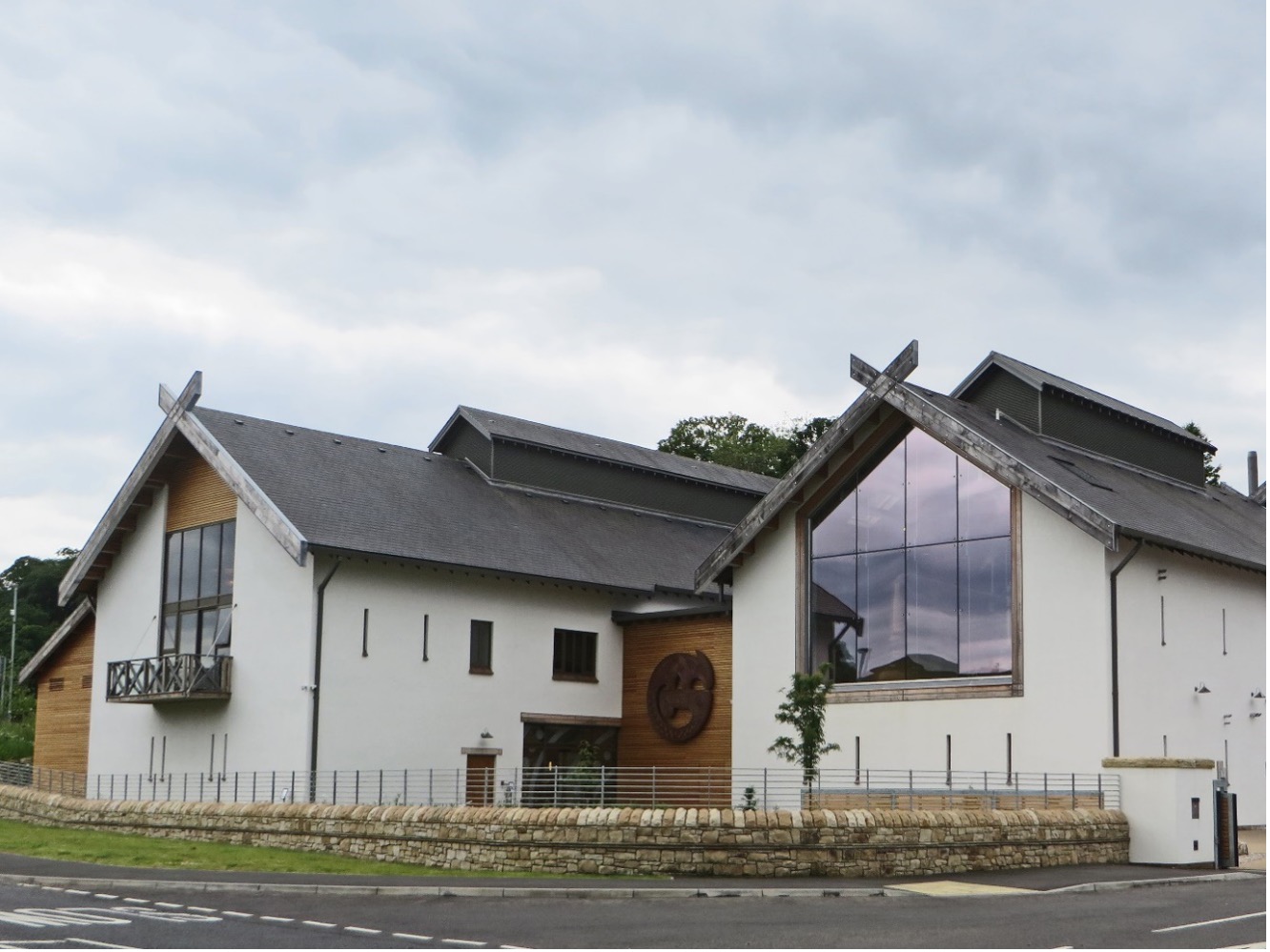 By Diane Walker
By Diane Walker
In her reflections on visiting Lindisfarne, Canon Ludlow has reminded us of the important role of King Oswald in the establishment of Christianity within the kingdom of Northumbria during his reign (634-642).
Around 15 miles inland from the causeway to Lindisfarne, on the northern edge of the Cheviot Hills at Yeavering, was once an extensive complex of Anglo-Saxon buildings which included timber halls and a unique tiered wooden grandstand. This was a royal residence for Anglo-Saxon kings, including Oswald, from around 550 until it was abandoned sometime before 700. The great Anglo-Saxon scholar Bede described how Paulinus, a missionary sent from Rome to Canterbury in 601 who later became the first Bishop of York, came here in 627 as the guest of King Edwin and Queen Aethelburga. Throughout his 36-day stay, crowds flocked to hear Paulinus and be baptised as Christians in the nearby River Glen.
Bede named the site of this royal palace Ad Gefrin (‘by the hill of goats’) and the name has been adopted for a new distillery which opened in the nearby town of Wooler in Spring 2023.
This distillery is a unique family-run enterprise combining the production of whisky and a museum celebrating Northumberland’s rich heritage with a special focus on the Anglo-Saxon royal court of Ad Gefrin. On arrival, it is immediately obvious that this is a special place, designed with meticulous attention to every detail. The crossed end beams of the roofs echo the style of ancient buildings, and it may be the only place in Britain with bilingual signs in English and Old English!
The entrance hall is a stunning vast barrel-shaped atrium lined with more than 9,300 pine tiles all hand-cut by a local joiner. Curving around the walls is a glass-sided floating oak staircase and balcony made from reclaimed Polish vodka vats. High overhead the atrium’s central detail symbolises the ‘angel’s share’, that portion of whisky lost to evaporation during aging, whilst in the floor are the lines of a contour map centred on the site of the royal palace, Ad Gefrin.
As well as supporting the community through direct employment at the distillery, the Ferguson family also assists local businesses by selling locally made items in the shop and serving local produce in the bistro. All raw materials for the whisky are also from local sources. The barley is grown on farms within a ten mile radius and processed into malt nearby, whilst the water comes directly from a borehole on site. Even the mash waste from the distillery goes to feed neighbouring cattle.
When I visited recently, unfortunately I didn’t have time for both the museum and a distillery tour, so I opted for the museum visit alone. Here the seventh-century great hall of Ad Gefrin’s complex is recreated with immersive life-size audio visual interpretations which bring to life stories of Northumbrian kings and queens and their various followers who lived there.
The museum displays include a range of artefacts related to many aspects of life at Ad Gefrin, presenting it as a place of a place of power, ritual, craftsmanship and nature. Both original items and excellent reproductions (eg, of the Franks Casket in the British Museum) are well displayed and explained.
Ad Gefrin is also presented as a place of language when Northumbrian Old English, and possibly some Celtic, was being spoken. The Anglo-Saxons are described as wordsmiths who have left a written legacy of charms, curses, and riddles; laws and proverbs; epic poems and stories. Three riddles from the Exeter Book are used as examples of Anglo-Saxon writing. Modern English translations of the Old English texts are displayed on large, illustrated panels which visitors are invited to solve: Saga hwæt ic hatte (Say what I’m called). Nearby, suggested answers to the riddles are provided alongside information about the Exeter Book and a picture of the manuscript. The shortest of the riddles displayed in the museum is:
My house is not silent,
but I myself am not loud.
… The Lord created
one journey for us two together.
I am swifter than he,
stronger at times;
he is more enduring.
Sometimes I rest;
he has to run onwards.
I will dwell in him
as long as I live;
If the two of us part,
death will be my fate.
Although the Exeter Book dates from a time after Ad Gefrin was occupied, it provides an important window into this Anglo-Saxon world, being one of only four surviving collections of Old English poetry. A visit to Ad Gefrin is recommended, not least for the opportunity to read and solve two more riddles from the Exeter Book.